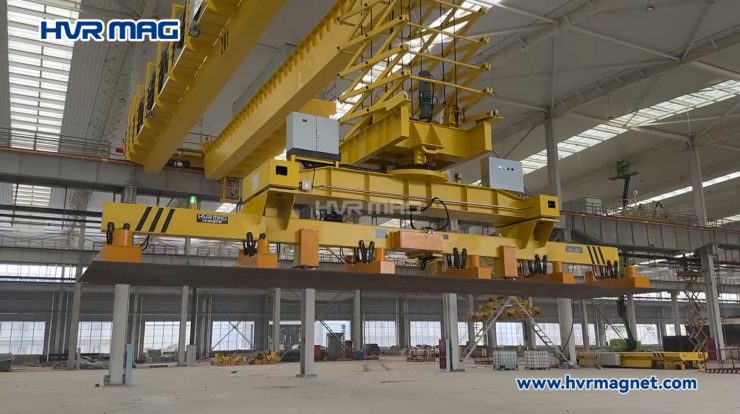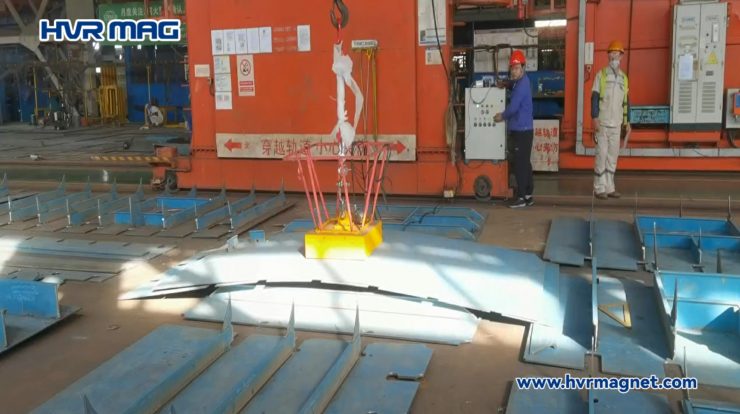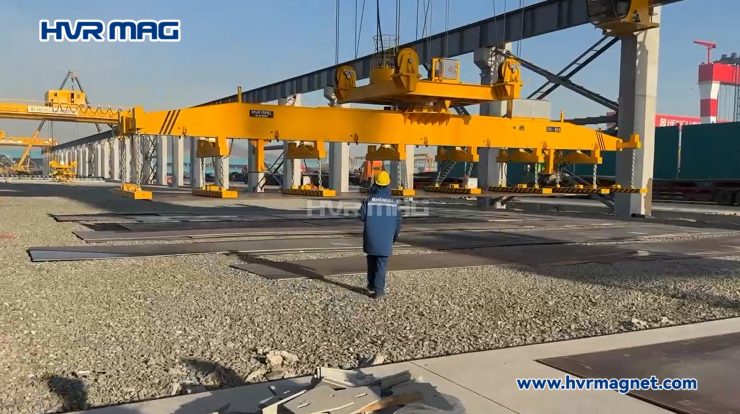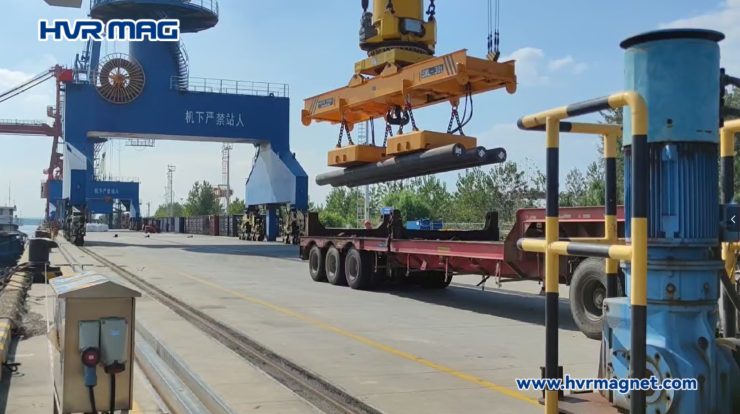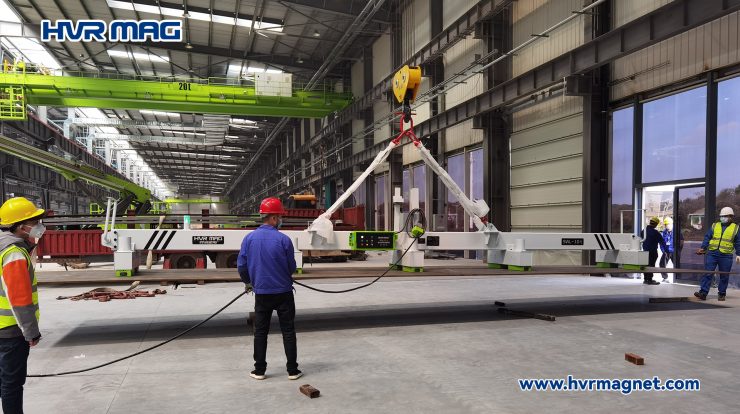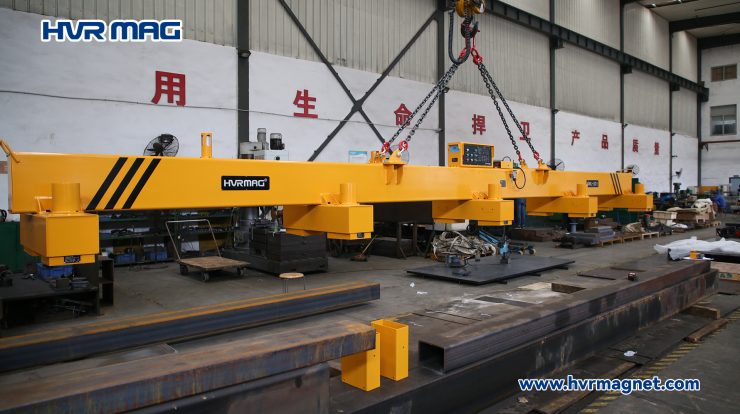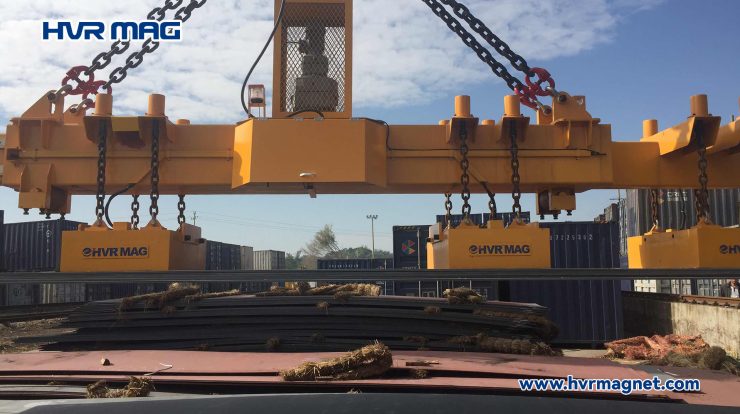
Lifting magnets are widely utilized in industrial settings for the efficient handling and transportation of ferromagnetic materials. From electromagnets to permanent magnets and electro permanent magnets, these versatile devices offer different features to cater to various lifting requirements. In this article, we will explore what lifting magnets are, discuss the features of different types of lifting magnets, and explore the industries where lifting magnets find significant use.
What is a Lifting Magnet?
A lifting magnet is a specialized device designed to lift and move ferromagnetic materials such as iron, steel, and other magnetic objects. They rely on the principles of magnetism to securely grip and hold materials during transportation. With their ability to generate magnetic fields, lifting magnets facilitate safe and efficient material handling processes in industries.
Different Types of Lifting Magnets
Electromagnets:
Electromagnets use an electric current to create a strong, temporary magnetic field.
They provide a high level of control as the magnetic force can be turned on and off.
The current can be adjusted to regulate the lifting capacity and adapt to various load sizes.
Ideal for applications requiring frequent material changes.
Permanent Magnets:
Permanent magnets possess inherent magnetic properties, eliminating the need for an external power source.
They offer a constant magnetic force without the risk of a power failure or electrical malfunctions.
Simple and easy to operate, as they do not require control systems or electrical wiring.
Best suited for consistent lifting tasks and applications where power supply might be impractical.
Electro Permanent Magnets: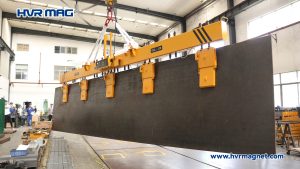
Electro permanent magnets combine the advantages of electromagnets and permanent magnets.
Initial magnetization is achieved through an electric current, which can then be switched off.
Once magnetized, an electro permanent magnet remains magnetized without power and can be demagnetized when required.
Provides enhanced safety, energy efficiency, and the ability to control the magnetization process.
Suitable for applications where power consumption needs to be minimized and secure holding is necessary.
Applications
Lifting magnets find extensive use across various industries, including:
Construction sites: Used for lifting and positioning heavy steel beams, reinforcement bars, and construction materials.
Metalworking facilities: Assist in efficient handling of metal sheets, plates, and finished products during fabrication or machining.
Scrapyards: Enable the easy separation and movement of ferrous materials, enhancing recycling operations.
Manufacturing plants: Aid in assembly lines, transportation of raw materials, and loading/unloading of machinery.
Shipbuilding and docks: Play a crucial role in loading and unloading cargo, especially heavy metal objects.
Mining industry: Facilitate the extraction, transport, and sorting of magnetic ores and materials.
Conclusion
Lifting magnets are invaluable tools that streamline material handling processes in various industries. From electromagnets offering precise control to permanent magnets providing consistent power-free operations, and electro permanent magnets combining the best of both worlds, these versatile devices cater to diverse lifting requirements. Whether in construction, metalworking, or scrap recycling, they significantly enhance productivity, safety, and efficiency while handling ferromagnetic materials.
For more information, please contact HVR MAG at export@hvrmagnet.com

